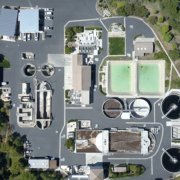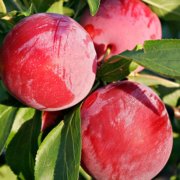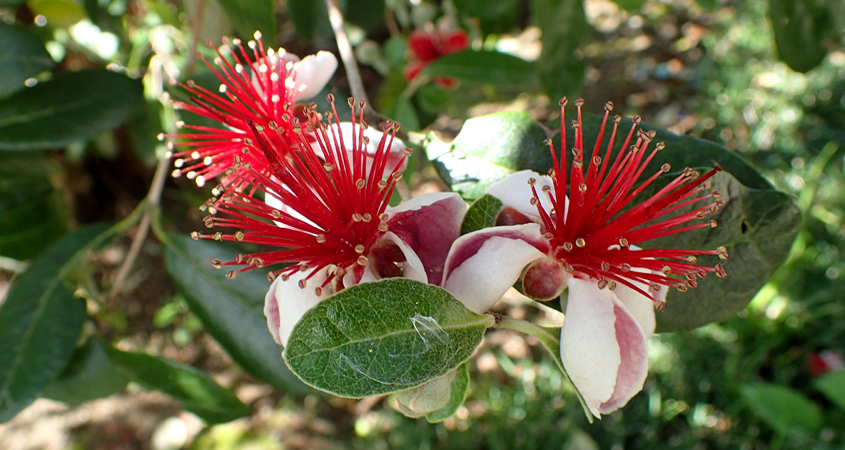Olivenhain Municipal Water District’s 4S Ranch Water Reclamation Facility is the California Water Environment Association‘s Plant of the Year.
The District’s Board of Directors accepted the award at its May 19 meeting from California Water Environment Association San Diego section. The Plant of the Year award acknowledges OMWD’s accomplishments in compliance, innovative practices, and cost‐effectiveness.
“Our board is thrilled that 4S WRF has been recognized for industry‐leading procedures and techniques to produce high‐quality recycled water, increase water reliability, and operate safely, effectively, and economically,” said Olivenhain Municipal Water District Vice President Kristie Bruce‐Lane. “We need to focus on keeping water affordable and accessible to everyone. Diversifying California’s water portfolio by investing more in recycled water is a critical strategy in doing so, now and for our future generations.”
Recycled water
OMWD’s 4S WRF can produce up to two million gallons of recycled water each day. This alternative water supply is used for irrigation purposes at schools, parks, golf courses, streetscapes, and homeowner association common areas in the southeastern portion of OMWD’s service area.
“We appreciate the work of CWEA to advocate for realistic regulatory requirements for water agencies, helping us to maintain affordable rates for our ratepayers,” said Lane. “The way to move forward is by working together to create a thriving California that has enough fresh, clean and affordable water for people, food, and the environment alike.”
Proactive maintenace of infrastructure
4S WRF operators inspect and maintain more than 85 miles of sewer collection system pipelines, as well as equipment at the facility, lift stations, a 410-acre-foot storage pond, and a one-million-gallon reservoir. Proactive maintenance is also a priority, helping to avoid costly emergency repairs and ensuring continued wastewater and recycled water services for customers.
This is the second time in three years OMWD has won the San Diego section award. In 2019, 4S WRF was also named California’s “Plant of the Year” by CWEA’s state office.
Founded in 1927, the California Water Environment Association is a nonprofit association of 9,000-plus professionals in the wastewater industry. The association trains and certifies wastewater professionals, disseminates technical information, and promotes sound policies to benefit society through protection and enhancement of our water environment.
(Editor’s note: The Olivenhain Municipal Water District is one of the San Diego County Water Authority’s 24 member agencies that deliver water across the metropolitan San Diego region.)






